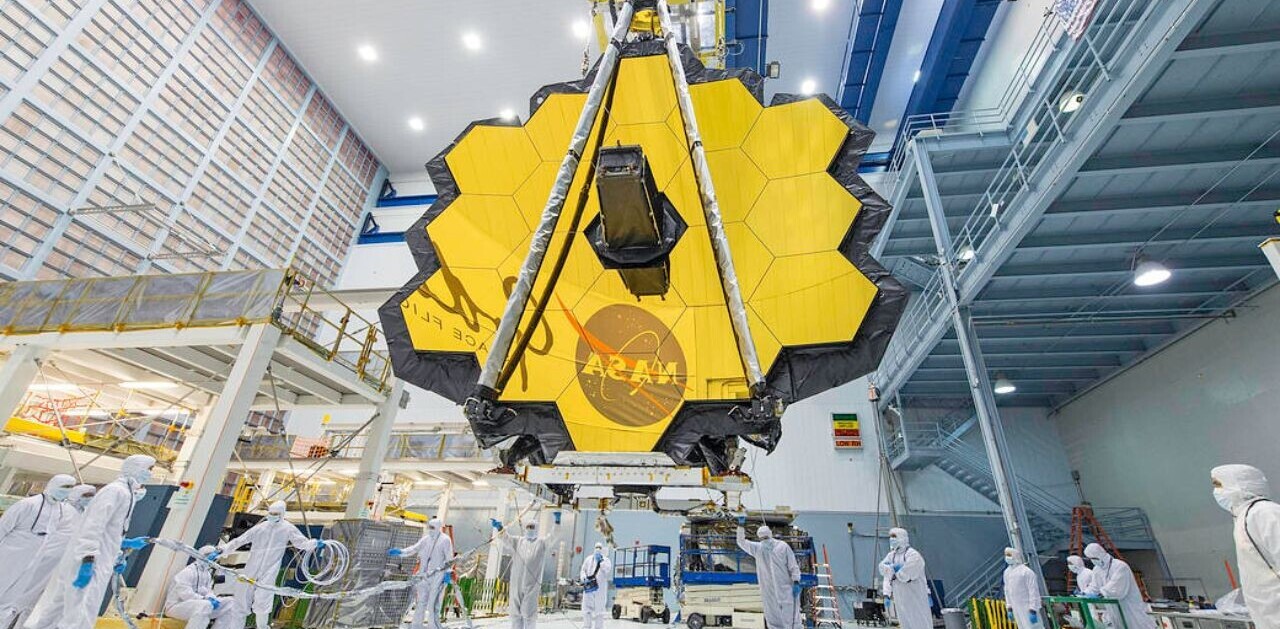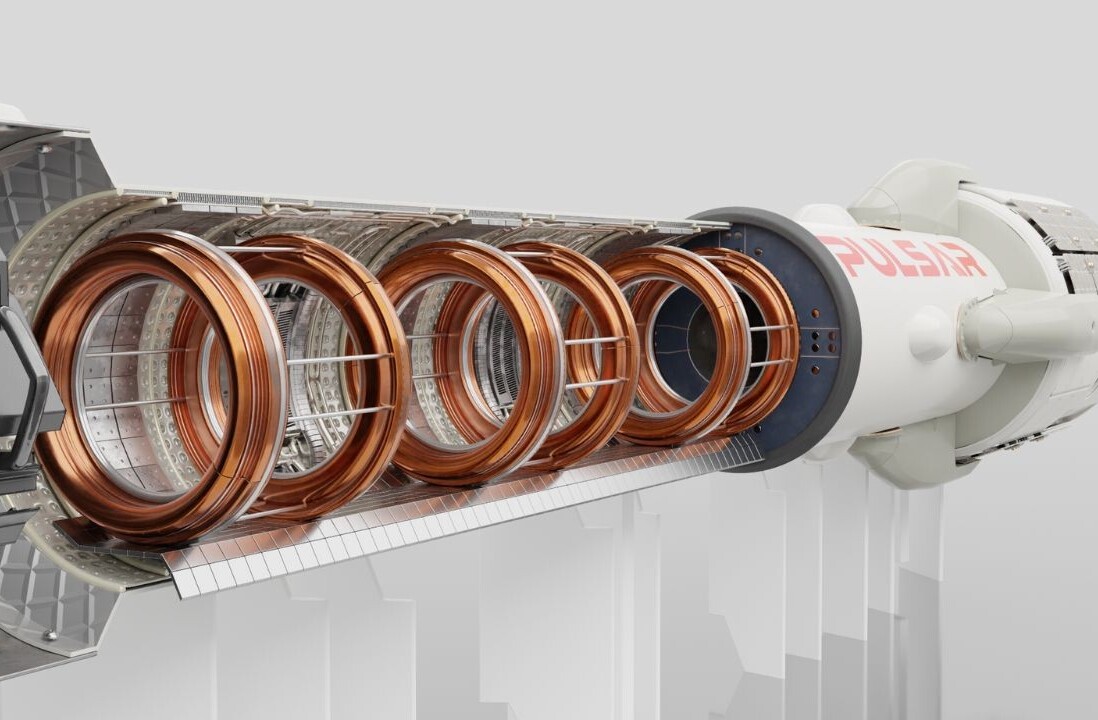NASA has had plenty of reason to remotely celebrate its achievements on Mars lately. After it successfully flew the Ingenuity autonomous helicopter there earlier this week, the space agency reports that a device aboard its Perseverance rover managed to convert air from the red planet into breathable oxygen.
HOLY. SHIT.
That’s a major accomplishment because it hints that we could someday scale this up to produce enough oxygen for astronauts on Mars — and maybe even have enough to help a rocket take off from there.
This was possible thanks to a toaster-sized device made of various heat-tolerant materials aboard the six-wheeled Perseverance, called the Mars Oxygen In-Situ Resource Utilization Experiment (MOXIE).
The instrument essentially captures carbon dioxide-rich Martian air, heats it up internally to a temperature of 800 degrees Celsius (~1,470 degrees Fahrenheit), and separates oxygen atoms from those CO2 molecules. It then emits carbon monoxide back into the air as a byproduct.
NASA noted that MOXIE produced about 5 grams of oxygen on its first go, which should keep an astronaut going for roughly 10 minutes. The device is capable of generating up to 10 grams of oxygen per hour.
MOXIE will run this oxygen extraction exercise at least nine more times over the next two years. That should pave the way for more experiments and exploratory projects to figure out whether life exists — or if human life can exist — on Mars at some point in the future.
Get the TNW newsletter
Get the most important tech news in your inbox each week.






